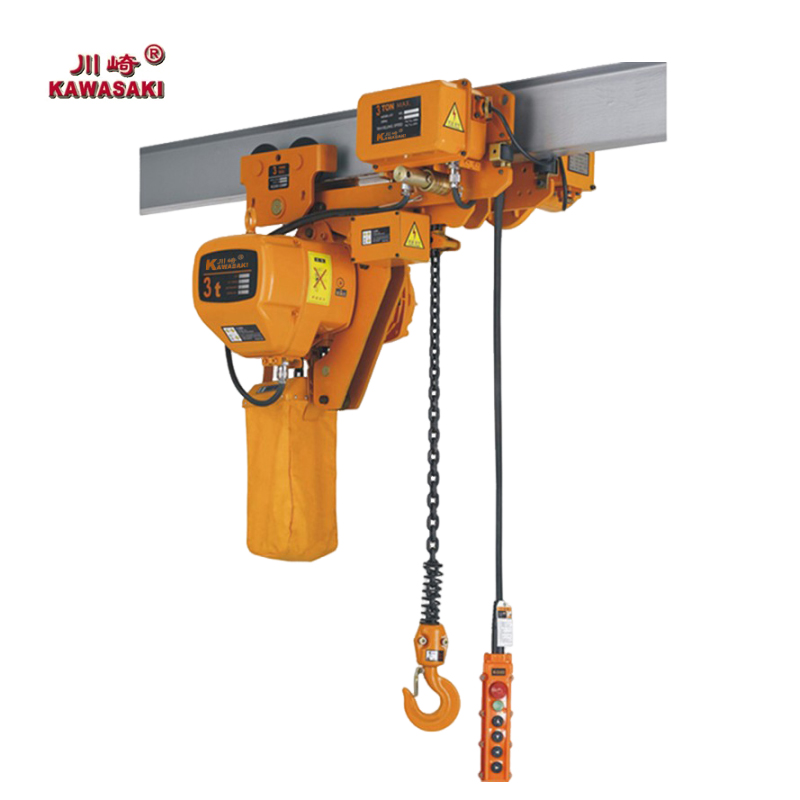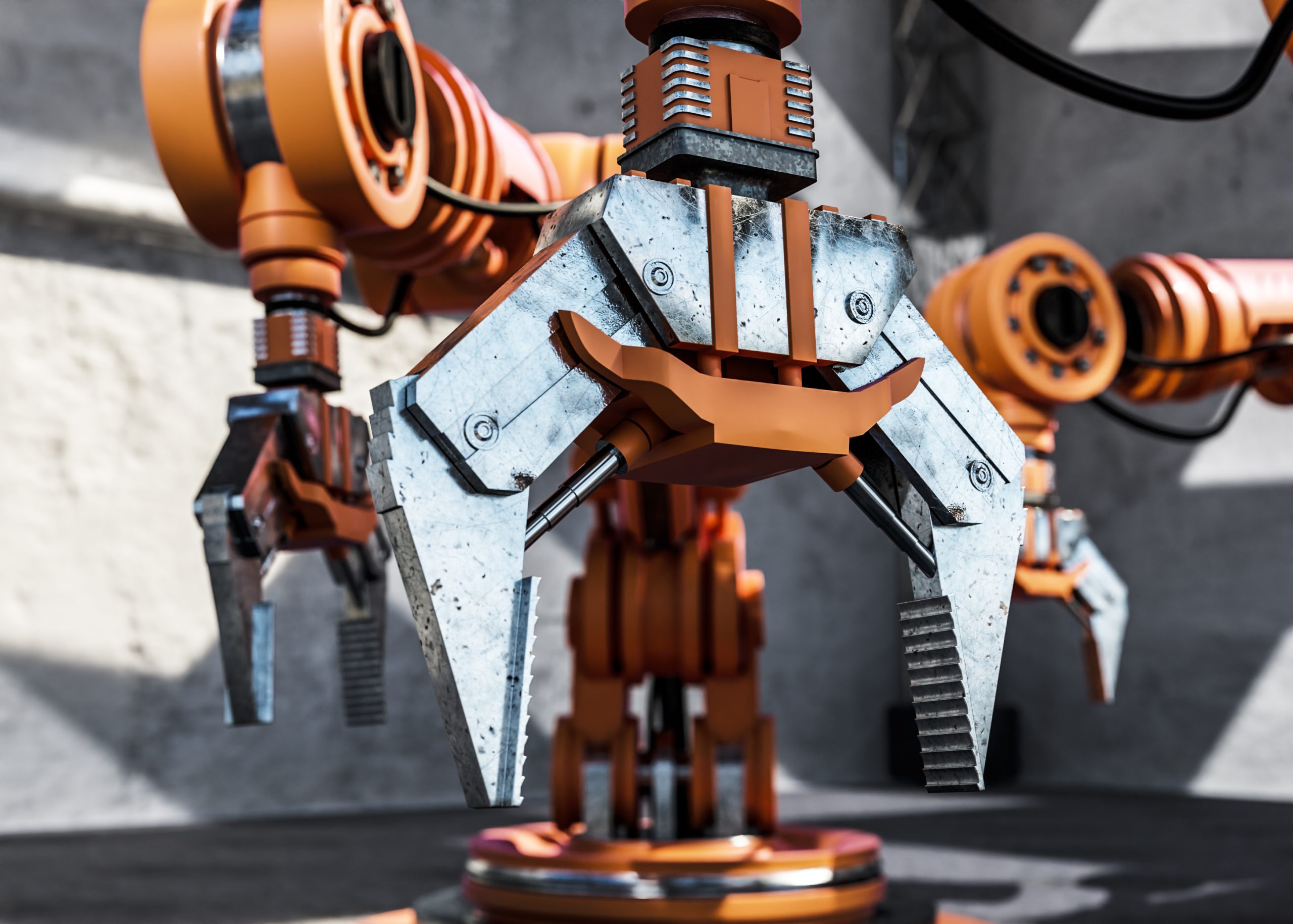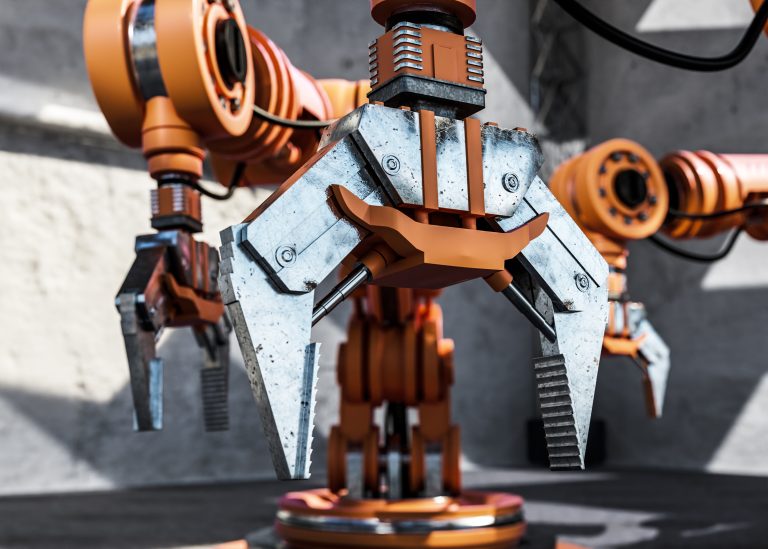To install an electric chain hoist, begin by ensuring that the supporting structure is capable of handling the hoist’s load capacity. Regular maintenance and inspections are crucial to ensure the hoist’s ongoing reliability and safety.
Preparing for Installation
Selecting the Appropriate Electric Chain Hoist
Selecting an electric chain hoist is important for smooth and risk-free operations. To choose a hoist you need to keep in mind the load capacity, lifting height, and environmental conditions. As an example, if you are going to be lifting heavy objects in a dusty or humid area, then you will need a hoist that is dust-proof or rain-proof.
Electric chain hoists have more benefits because they have bigger lifting capacities, higher lifting heights, and more safety features than manual hoists. You can further customize the hoist for your needs, including explosion-proof designs or voltage requirements.
Inspecting the Installation Area
Check the location where the installation will occur and ensure that it meets structural and safety requirements before installation. If you are using an electric chain hoist, the support structure must be able to support the maximum load capacity of the electric chain hoist. Make sure nothing is in the way of the operations. Also make sure that the surrounding environment matches the specification of the hoist, whether it is explosion-proof or designed for a hot or cold area.
Tools and Equipment Needed for Installation
Safety equipment such as gloves and helmets are also necessary as they protect the installers during the process. If your panel requires wiring and connections, be sure you have electrical tools at your disposal. Using a detailed installation manual can help a lot during this process.
Installation of the Electric Chain Hoist
Securing the Electric Chain Hoist to the Support Structure
For a proper installation, the first thing is fastening the electric chain hoist to the support structure. As operations must be stable — there is no room for spill-outs, this process must be very precise. Employ high-load-rated bolts and brackets composite components are often made out of durable materials like alloy steel to provide long-lasting reliability. Ensure that all connections are tight and aligned once attached.
Proper alignment is crucial as it prevents undue stress on both the hoist and its support structure. Misalignment can lead to uneven wear or even catastrophic failure during operation.
Electrical Wiring and Connections
Now that your chain hoist is firmly secured follow up with your electrical connections. Start with the correct voltage power supply for your equipment single-phase or three-phase systems, 110V to 575V, and some models include frequency conversion or automation for increased efficiency.
Ensure that you link power lines appropriately, which can be easily done by following the wiring diagrams given to you within your installation guide. Add safety devices like limit switches at this stage to prevent overloading or excessive movement, ensuring safe operation.
Testing and Adjustments Post-Installation
Load Testing Procedures
Load testing is very important to the normal operation and safety of the electric chain hoist after it is Installed. To start, test the hoist with a load that is about 50% of the optimal capacity. Continue adding weight till it reaches its rated capacity and pay attention to any abnormal operating noises or vibrations.
Assessment of factory performance lifts the scale and earning stability, whether lifting weight lifts the scale and earning stability is up to the national standard high-quality certification that normally is included in the safety and soundness assembly line examination plant section is more theory exam setup.
This involves checking that the safety systems of the hoist, including limit switches and overload protection devices, work properly. Such features are critical in avoiding accidents and extending the service life of the equipment. In applications that need accurate lifting capabilities, choosing high-end options with features such as frequency conversion or automation is certainly conducive to improving their operational efficiency.

Adjusting Settings for Optimal Performance
After performing the load test to ensure the hoist is operating properly, it is then a matter of tuning the hoist to its best performance. Adjust the calibrating to suit your particular application. Or, if you need to position heavy loads quite delicately, you could slow down to allow for more precise control.
Also check that the electrical connections of the hoist match the voltage (110V, three-phase 575V, etc.) — whether single-phase or three-phase environment — for the hoist also needs to be adjustable, options such as two-speed operation and explosion-proof configurations make hoist flexible enough to work in almost any environment. Tighten all mechanical connections regularly to maintain stability during operations.
Maintenance Tips for Long-Term Efficiency
Routine Inspection Guidelines
Regular checks can prove the foundation of long-lasting functionality for the electric chain hoists. Set up a routine inspection of chains, hooks brackets and other vital parts. Also inspect for any signs of age – cracks, corrosion or deformation.
Pay close attention to lubricating the moving parts. This is because inadequate oil can bring about abundance grinding and untimely wear. Keep the system running smoothly with the use of manufacturer-specified lubricants.
Below is a regular overview of how often various standard features should be replaced or checked, additionally it is good practice to routinely test points, such as limit switches, that are designed for safety – to ensure they are operated and guaranteed to work.
Recommended Maintenance Practices for APOLLO Electric Chain Hoists
APOLLO electric chain hoist maintenance practices can play a big role when it comes to improving the longevity and operational capacity of electric chain hoists. To prevent dust accumulation from affecting performance, regularly clean your equipment. Employ soft bristles or compressed air for maintenance while avoiding potential harm to delicate components.
Second, replace worn-out components immediately upon detection during inspections. APOLLO provides a range of replacement parts designed specifically for their products, ensuring compatibility and reliability. Besides, APOLLO has its own brand- KAWASAKI.
Finally, have it serviced by a professional at least annually. Professionals can conduct in-depth diagnostics and repair problems before they become costly repairs. The after-sales service of APOLLO offers videos on how to use the product and promotional catalogs. Such resources aid in maintenance and also improve user experience.
FAQs
Q1. How regularly should I load test my electric chain hoist?
A: Load tests need to occur at initial installation and as part of routine maintenance—typically every six months or per manufacturer recommendations.
Q2: What are the signs that my electric chain hoist requires maintenance?
A: Look out for unusual noises during operation, visible wear on chains or hooks, reduced lifting speed, or malfunctioning safety features like limit switches.
Q3: Can I configure the settings of my electric chain hoist after installation?
A: Absolutely — most models can adjust parameters like speed calibration and voltage alignment based on the application needs. Always refer to the user manual or get it checked by a mechanic when applying these changes.


